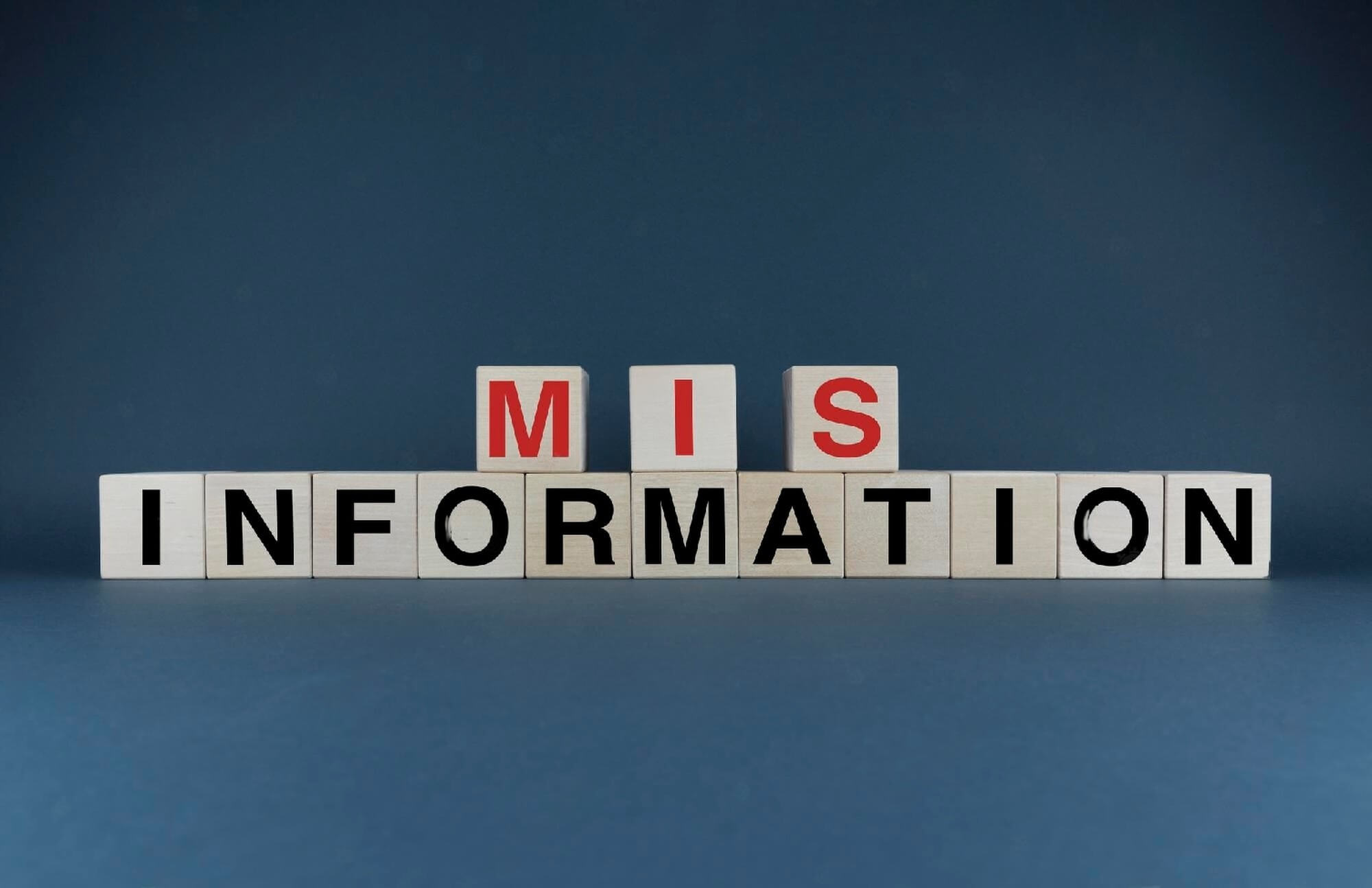Management Information System(MIS)
A Management Information System (MIS) is a system businesses use to help manage their operations. It is an integrated system that combines hardware, software, and communication networks to give managers the information they need to make better decisions. The MIS also helps automate many organizational tasks, like accounting, managing inventory, and keeping track of customers. It can also give real-time information about how the company is doing, so managers can find problems quickly and fix them. MIS can track and analyze data like customer orders, inventory levels, sales trends, marketing campaigns, and more.
The right information management solution can be a game-changer for any organization. Through MIS, businesses can optimize their operations and base decisions on data, enhancing efficiency and performance. But what makes an MIS function? Let’s explore its components and operations in more detail.
History
Management Information Systems (MIS) has a relatively short history, but it is a field that is constantly evolving. MIS began in the 1950s as a business solution for keeping track of customer and employee data. From the 1950s to the 1970s, data processing was the main focus, and the only use of computers was to make reports and automate clerical tasks. The 1980s saw the emergence of the personal computer, which allowed for faster and more efficient data processing and analysis. In the 1990s, the internet changed MIS by enabling companies to share data and information with customers and partners and access data from anywhere in the world.
The 2000s saw the emergence of enterprise resource planning (ERP) systems, integrated systems used to manage a company’s finances, operations, and customer data. In the 2010s, cloud computing and mobile technology allowed companies to access and share data more quickly and efficiently. Today, MIS manages customer relationships, analyzes customer data, and provides strategic insights to companies. It is also used to monitor operational performance and provide real-time data to decision-makers. MIS is a critical component of any successful business, and it constantly evolves to meet modern enterprises’ needs.
Technology
The technology of Management Information Systems (TMIS) is the study of how to use technology to improve the efficiency and effectiveness of management information systems. TMIS is the application of information technology to solve management problems, improve the effectiveness and efficiency of management processes, and improve the quality of management decisions. It involves using computers and information systems to collect, store, manipulate, analyze, and present data to managers to facilitate decision-making. TMIS consists of analyzing current systems and designing systems to meet the changing needs of managers.
TMIS focuses on the integration of information systems within an organization and the development of techniques to support the activities of managers. TMIS aims to provide accurate and timely information to assist in the decision-making process. TMIS has enabled organizations to improve efficiency, reduce costs, and improve customer service.
Types
1. Transaction Processing Systems: Transaction processing systems (TPS) record and process data from day-to-day business transactions. They are used to record sales, purchases, payments, and other types of transactions.
2. Customer Relationship Management Systems: Customer relationship management (CRM) systems help to manage customer data to improve customer service, increase sales, and maximize customer loyalty and retention.
3. Supply Chain Management Systems: Supply chain management (SCM) systems help to manage the flow of materials, information, and finances between suppliers, manufacturers, distributors, and customers.
4. Decision Support Systems: Decision support systems (DSS) help managers make decisions by providing them with data analysis, simulations, and models.
5. Enterprise Resource Planning Systems: Enterprise resource planning (ERP) systems integrate and automate an organization’s core business processes, such as accounting, inventory management, and human resources.
6. Executive Information Systems: Executive information systems (EIS) provide executives with timely and accurate information about their organization’s performance.
7. Business Intelligence Systems: Business intelligence (BI) systems help analyze data from multiple sources to gain insights so businesses can make better decisions.
Advantages and Disadvantages of MIS
Advantages
1. Increased Efficiency: Management information systems help businesses to increase efficiency and accuracy by providing quick access to reliable and accurate information. It allows managers to make informed decisions quickly and efficiently.
2. Improved Decision Making: By providing real-time data and analytics, a management information system provides managers with the insights and information they need to make more informed decisions.
3. Better Communication: Management information systems make it easier for managers to talk to other departments and workers and share information and resources quickly and easily.
4. Cost Savings: By automating processes, management information systems can help businesses to save on costs associated with manual entry and other tasks.
Disadvantages
1. Security Risks: Because management information systems store sensitive and private data, they can be hacked or have their data stolen.
2. High Upfront Costs: Management information systems require a significant amount of money to set up and maintain, making them expensive to acquire and use.
3. Complexity: As management information systems are complex, they often require specialized training and knowledge to set up and use effectively.
4. Too much Data: Because management information systems give managers access to a lot of data, they can get too much information, which makes it hard to find the correct data.
Final Thoughts
MIS is an invaluable tool for organizations in the modern world. It can help them streamline operations, improve customer service, and maximize profits. MIS can also help them keep up with their competitors and remain competitive in a rapidly changing market. MIS is a powerful way to make sure a business is running smoothly and efficiently, but it is only as reliable as the data put into it. The data must be correct to ensure the best results.



